ESL Activities and Games: Fun Ideas for the English/TEFL Classroom that cover reading, writing, listening, speaking, warmers and more.
ESL Activities and Games

ESL Activities and Games
ESL Activities and Games to liven up your class with fun ideas that cover reading, writing, listening, speaking, warmers and more.
Here are 14 ESL Activities and Games
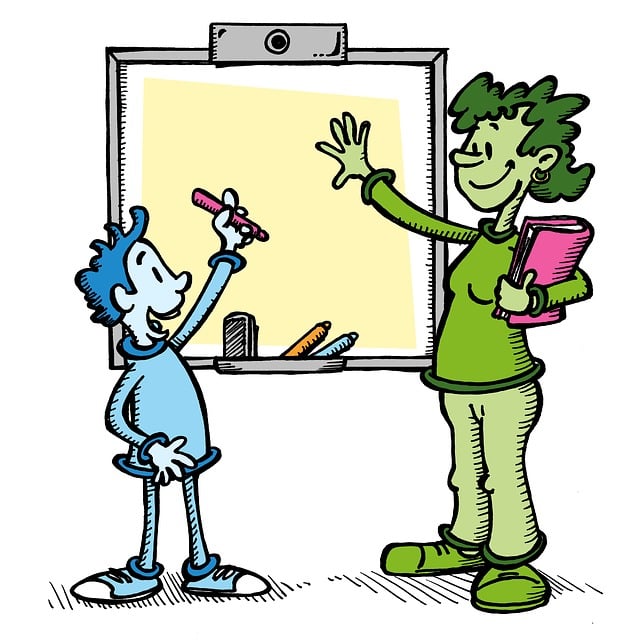

Balderdash
Write a difficult / new vocab word on the board. Assign one word secretly for each pair or small group to look up in a dictionary. Then call out one of the words on the board. Each group then guesses a definition for the word. When every group has written a possible definition, the group that looked up that word goes around the classroom and collects the definitions into a pile which includes the dictionary definition. The group then reads out all the definitions in random order.
Then the players try to guess the real definition from the ones read. Points can be awarded to groups for writing the correct definition or for each person that guesses your definition.


Basketball
This game works well for any board activity, e.g. spelling relay, race to the board, split board games, etc. Divide your class into teams. Have them do a board race of whatever is appropriate for the class. The team that wins the round gets a chance to score some points. To score points, the team must throw a soft ball into a basket the teacher is holding. There are designated lines the students must stand behind (the further back the line, the higher the point value for making the basket. The team with the most points wins.


Betting games
There are many games to play using fake money. Just divide your students into groups, give them a set amount of money and begin asking or eliciting questions. Students then decide as a group what their answer is and how much they are willing to bet on their answer. If they are right, they get the amount they bet, if they are wrong, they must give it to you.
Example question topics are:
How often do you…?
Student pretends to be someone else in the room
Questions about the teacher
What’s your favourite…?
Quizzes


Can I come?
Explain to the class they are going on a holiday but they are only allowed to go if they take the right items. They have to guess what items they can take. Take three students outside and tell them that the key to being allowed to go on the holiday is taking an item that is a fruit: apple, orange, grapes, etc. You model the structure to the students – ‘I am going on a holiday. I’m taking a ball. Can I come?’ The students who know the key reply ‘No, you can’t!’ If a students replies with a word that does contain a fruit, then the students at the front of the room reply with ‘Yes you can!’ Students try to work out the key. If they do they continue answering when it is their turn. They must not tell anyone else and they should use different words. You can extend the game by changing the key (and students at the front of the room): different colours, animals, words that start with the first letter of the name of the student speaking, a family member, a student in the class, plural words, words with double letters, or it could just be that you are crossing your legs when you say the item.


Cough dictation
Tell the students you have a cough today but you are still going to do a dictation. If they don’t hear words, they will just have to guess what you said. Read out a joke like the one below and dictate as usual but don’t read all the words – cough instead of saying certain words e.g. ‘Eleven people were cough on a rope, under a helicopter, ten men and one cough.’ Students have to guess what the missing words are and write them in, either individually or in pairs. After checking whether they guessed correctly, they could discuss the joke and why / if they found it funny. They could also try telling jokes they know in their mother tongue in English.
The joke
Eleven people are hanging on a rope under a helicopter, ten men and one woman. The rope is not strong enough to carry them all, so they decide that one has to leave, because otherwise they are all going to fall.
They are not able to name that person, until the woman makes a very touching speech. She says she will voluntarily let go of the rope, because as a woman she is used to giving up everything for her husband and kids, or for men in general, and is used to always making sacrifices with little in return. As soon as she finishes her speech, all the men started clapping their hands.


Coup co
To play, divide your class into two teams, each line standing at opposite sides of the room. Number off each student in each line (1 – 9 or however many students you have in each line). Place a small object in the middle of the classroom – the eraser works well. Call out a number.
The students in each line with that number race to the middle to grab the object. Once the object has been touched, the other student wants to tag the student holding the object. If the student who grabs the object can get back across his / her team’s line before being tagged, they have the opportunity to win a point. BUT, they must first answer a grammar, vocab or language questions correctly. If the student tags the other person before he / she gets across the line, they can have a chance to answer the question for a point.


Croquet
Divide your students into two teams. Students stand in a circle (in any order) with their feet spread shoulder length apart. Their feet must touch the students’ feet next to them. The students are not allowed to move their feet at any time. The teacher throws a ball into the circle. Each student bends down making a fist with their hands. They can knock the ball only if their hands are in a fist, forming a mallet. The object is to try to get the ball through another student’s legs. If the ball goes through their legs, the teacher (or a designated student) can ask a question. If they get the question right they are safe, if they get it wrong, the other team gets a point.
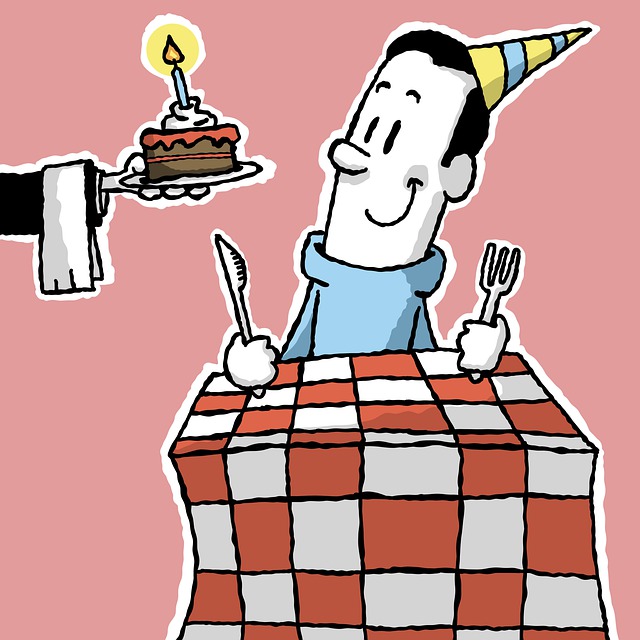

Cuisenaire rods pattern game
Take enough sets of Cuisenaire rods to class for each pair or group of three to have one. Have one student be the pattern maker while the other student(s) is (are) the follower(s). The maker quickly makes a simple pattern with the Cuisenaire rods, hiding it behind a board or paper.
Then the maker begins to tell the follower(s) how to make the pattern e.g. the big green rod is in the middle and the small red rod is on the green rod in the middle. Continue until the follower(s) is (are) finished. Then switch makers and followers and do it again. This is great practice for prepositions, colours and comparative lengths.


I spy…
Divide the class into small groups. Have one student (in each group) start by saying, ‘I spy something …’ e.g. ‘I spy something blue’. The rest of the class tries to guess what it is. If the first guess is wrong, the student continues with another clue, e.g. ‘I spy something big’ and students guess again. The student that guesses first gets to be the speaker.


Picture flash
Take a large poster or picture to class. Let the students look at the picture for only a few seconds. They have to remember as much as they can and write it down. Flash the picture again and then they can continue writing ideas. Have students race to write all their ideas in teams. Teams get points for every original word they come up with (duplicates are crossed off and no team receives a point for that word).


Riddles
Students love play on words. Riddles are a great way to get students thinking about words and their meaning. There is a sample sheet of riddles or you can make up some of your own.
Here is an example:


Also check out these English Riddles. Click Here!


Snow ball fight
Give your students 5 A5 sized pieces of paper. Students then write information about themselves on the 5 scraps of paper. They can write anything but their name (or something that clearly identifies them) e.g. age, favourite food, favourite colour, etc. Then have all the students crumple the papers into balls, stand up and throw them at each other creating a big paper snow ball fight.
After a minute, everyone sits back down. Explain to the students that they are going to pick up a piece of paper, read the information and then find who it belongs to by asking questions in a mingle e.g. ‘how old are you?’, ‘what’s your favourite colour?’, etc. Once they have found the wonder of that paper, they pick up another and repeat the drill. The student with the most identified pieces of paper wins.
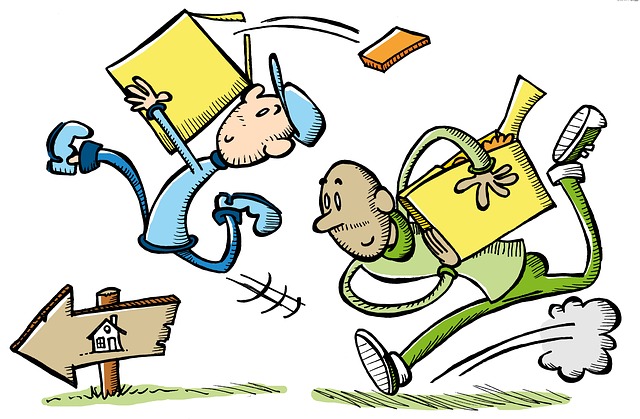

True or false statements
Students write three statements on a piece of paper. Two are true and one is false. Then, in small groups or as a game, they say their sentences and the other students have to guess which sentence is a lie. Encourage your students to be creative but to remember that the more believable the better! You can specify a grammar point if you want to concentrate on one area.


Word plexers / Rebuses
These are words moved around to make a riddle. You can do this in groups or on the board as a challenge.
Here is an example:
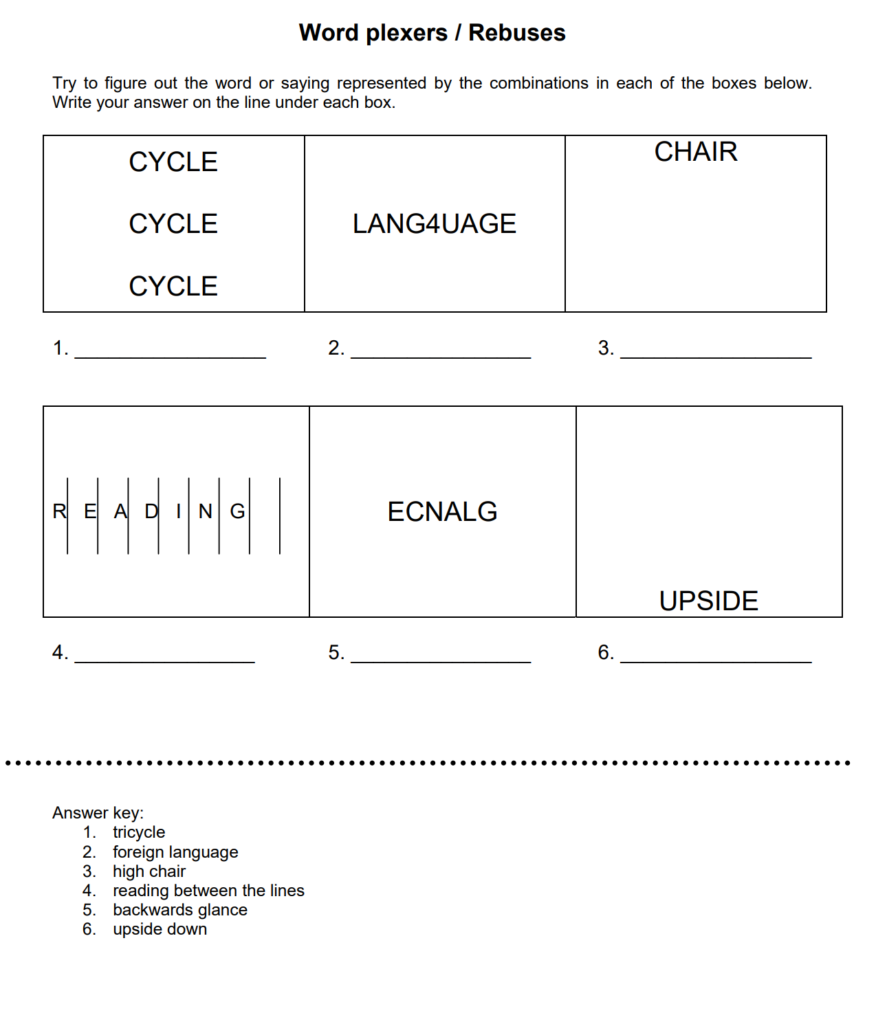





ESL Activities and Games
ESL Activities and Games. Also check out these English games and activities





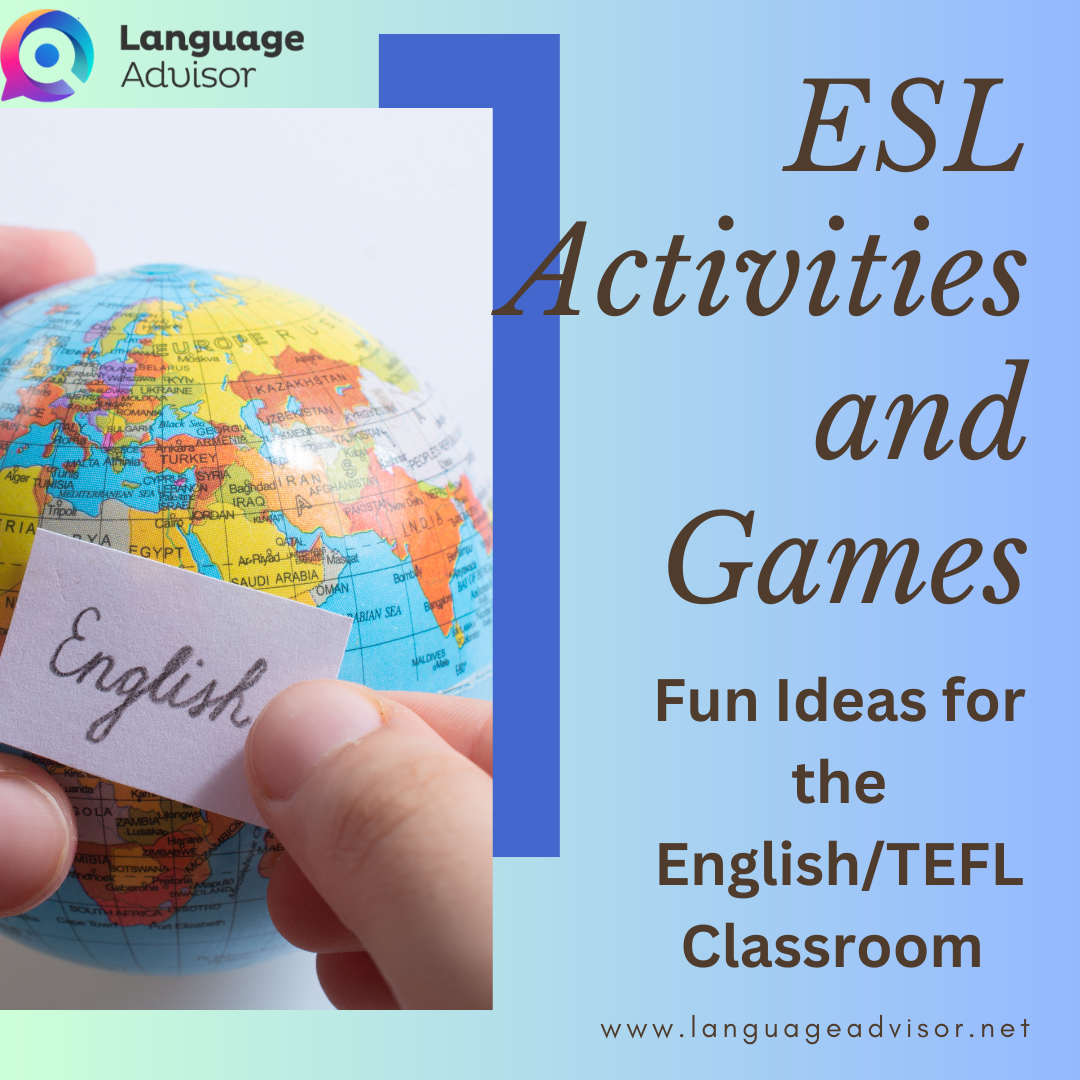
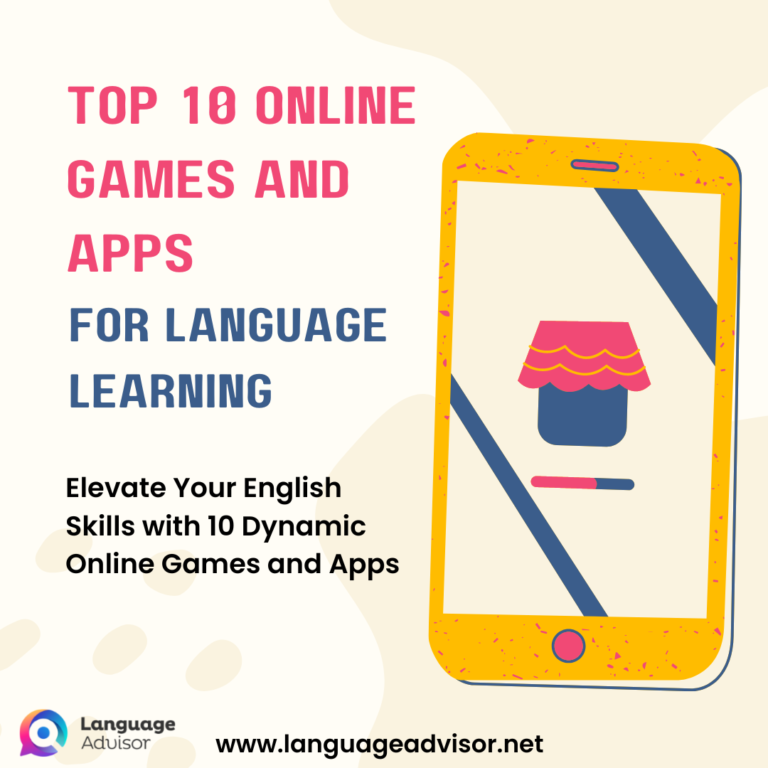



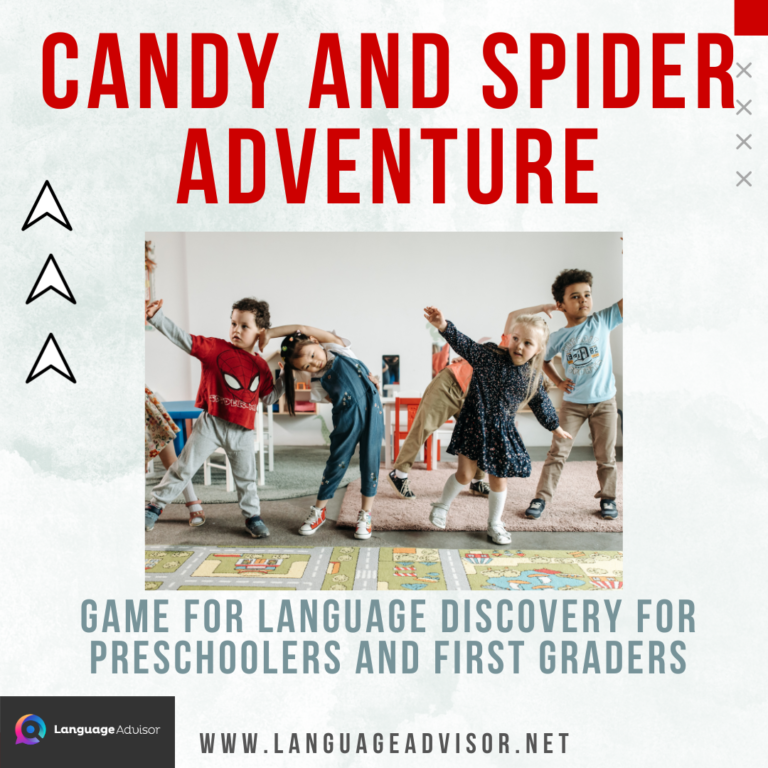
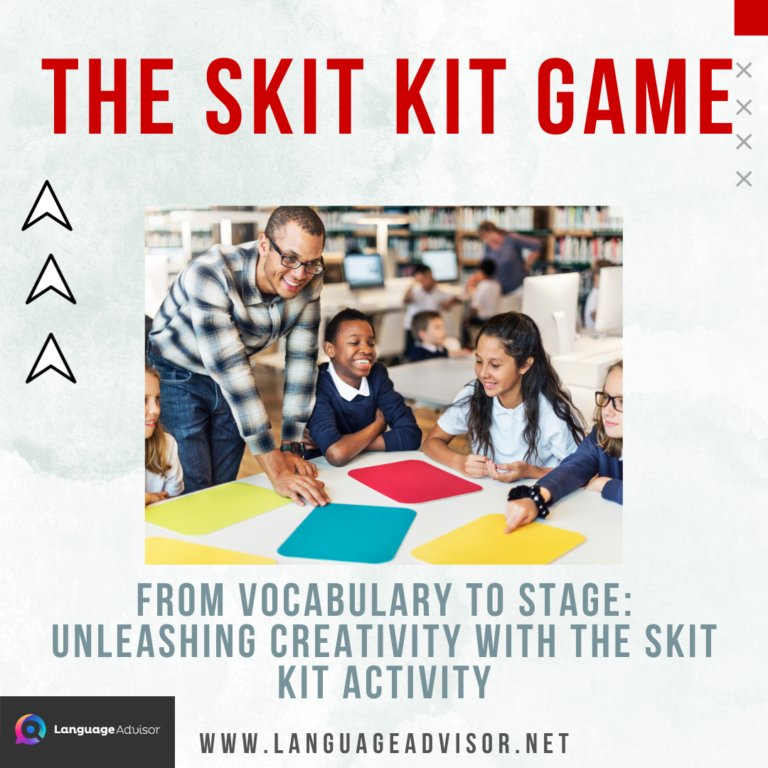

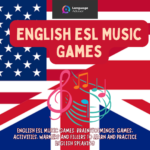


ESL Activities and Games to liven up your class with fun ideas that cover reading, writing, listening, speaking, warmers and more.